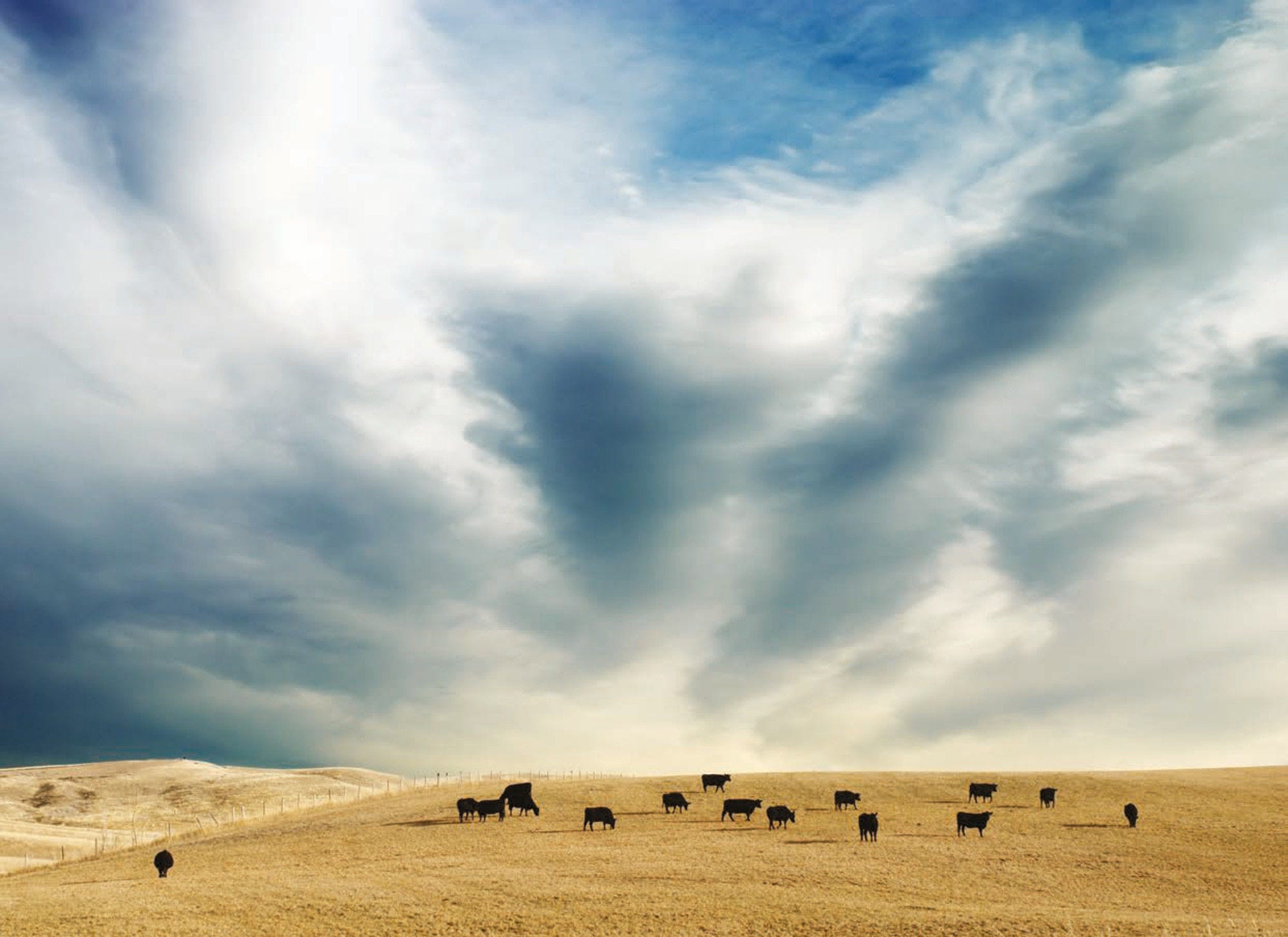The budget allocated to the fertiliser programme was expanded by 160% in 2022 from the levels in 2021. With this increase, beneficiaries from the states of Chiapas, Guerrero, Morelos, Puebla and Tlaxcala, some of the poorest states in the country, were added into the programme. The objective of the programme in 2022 is to cover 620 000 hectares and 400 000 small scale producers, of which 35% will be women. Production for Wellbeing is also aiming to reach 30% women’s participation in the programme in 2022. The in-kind loans to livestock producers programme on the insignia programmes started by the current government, was unfunded in 2020 due to high administrative costs.
Following the publication of a decree in December 2020, Mexico has started phasing out the use of glyphosate and genetically modified corn for human consumption. According to the decree, both products will be replaced by other alternatives that are more sustainable and culturally appropriate such as organic and biological products, agro-ecological practices and labour intensive practices.
Mexico has announced a new strategy for reducing burning of agriculture land, a widespread practice that not only causes direct emissions but also is responsible for nearly 40% of forest fires. By 2024, the government aims to reduce the frequency of burning on 28 000 hectares. The main mechanisms employed to achieve this goal will be: (1) elaborating a protocol for controlling burning in agro-forestry transition areas; (2) the elaboration of a mobile phone app to notify producers of agriculture burning areas; (3) improving the regulation on the use of prescribed burning on agricultural lands; and (4) training sessions with producers to promote the use of alternative practices.
In 2022, the Mexican Government developed soil maps with carbon sequestration potential, and at the same time, the National Soil Strategy for Sustainable Agriculture was launched. The main objectives of the National Soil Strategy are to conserve soils, restore deteriorated soils, and promote sustainable soil management for agricultural productivity, food security, nutrition, and the overall wellbeing of people, particularly those living in rural areas. In addition, the Strategy also seeks the generation and integration of traditional and scientific knowledge in order to promote technological innovations adapted to different socio-ecological contexts that meet the specific needs of the territories and populations in the country.
Institutional changes were formalised in May 2021 when the decree that establishes the new structure of SADER was published. The SADER is now made up of one undersecretary of food self-sufficiency, one unit of administration and finance and by eight general co-ordination units. The Marketing Support Program of the Agency for Marketing Services and Market Development (ASERCA), which provided support for the purchase of financial instruments for price volatility and contractual agricultural schemes, was dismantled. The Agri-food Markets Intelligence General Coordination will be in charge of promoting policies for improving market functioning of agri-food products.
Climate change adaptation strategies includes promoting sustainable production and consumption practices, incorporating climate risks into value chains, prevention and control of phytosanitary and zoosanitary risks, protection of native crops and promotion of financing mechanisms for confronting the negative impacts brought by climate change. It promotes sustainable production and consumption practices, incorporating climate risk into value chains and investment plans, preventing and controlling pests and animal diseases, strengthening environmental policy instruments to protect native crops from climate change, and financing mechanisms in the primary sector to cope with adverse climate change impacts. In addition, the government aims to strengthen the adaptive capacity of at least 50% of municipalities most vulnerable to climate change, establish early warning and risk management systems at every level of government, and reach a 0% net deforestation rate by 2030.
